Recommendations for planting Bessey cherries and tips for caring for them.
Besseya's cherry was brought to us from the west of North America. This undersized shrub attracted the attention of many people, who started breeding it. This variety is one of the subspecies of sand cherry, growing in the east of the same continent. Special care is not needed for it, it is used as a decorative element on the site, and the berries go to feed the birds.
The advantages of this variety:
- frost resistance;
- high yield (depends on the conditions of care);
- early maturity;
- survival after planting;
- resistance to viruses and pests;
- unpretentiousness.
Description of the variety
- Bush characteristic
Besseya of medium size with erect branches and shoots, reaches a height of 1–1.5 m. After a few years, fully formed branches of the plant begin to creep along the ground. The leaves are narrow and long, shaped like willow leaves. From green-silvery, they turn reddish in autumn. Young shoots are brick-colored, and adult branches acquire a grayish tint.
- Bloom
Unlike ordinary cherries, Besseya = begins to bloom a little later. Sometimes the difference is 14 days. White or pinkish flowers with a red pistil reach 1.3–1.5 cm in diameter. Flowering begins at the end of May and lasts 17–20 days, the flowers of the male and female genders are located on the same bush.
- Ripening period
This variety ripens quickly; in the first half of August, you can already enjoy the first fruits.
- Yield
The sandy species begins to bear fruit in the 2nd year after planting, then annually for 14 years it pleases with a high yield: from 3 to 8 kg per bush. To maintain these indicators, you need to follow the rules of care - cut off the old branches every 3-4 years, and also plant a “pollinator neighbor” next to it.
- Berry
Besseya belongs to dwarf varieties, so the juicy fruits are small - 1.5-2 grams. They are oblong or round in shape. The berries are deep brown in color, but in some selected selected species they are yellow and green. The peculiarity of the fruits is that, when ripe, they do not crumble, but remain on the branch. You can cook delicious compotes from berries, prepare jams and preserves for the winter.
- Taste
Experienced gardeners point out that Bessei's taste characteristics are similar to chokeberry. The absence of the characteristic grape sourness makes the taste more tart and sweet, and overripe autumn berries become even tastier.
- Frost resistance
This variety is accustomed to frosts and can withstand up to -50 degrees, so in Russia it was first brought to Siberia, and from there it spread throughout the territory.
Thanks to its ancestor - sand cherry - this species can grow in areas with a predominance of sand and with poor mineralization without much care.
Landing rules
You can plant a shrub at any time, except in winter, but subject to certain conditions.
- In the spring, seedlings with an open root system (with a clod of earth) are planted.
- In summer and early autumn, you can plant plants with roots in plastic containers and protected from external influences.
- Mid-autumn is not well suited for planting a sandy variety, so it is better to dig in the shrub, and carry out the main planting ritual in the spring.
For sand cherries, it is recommended to prepare a seat in advance:
- dig a hole;
- fill up drainage (pebbles, rubble);
- add dolomite flour to neutralize the acidity of the soil;
- pour some sand into the ground and mix;
- add fertilizers: a little compost, ash and 3 tablespoons of superphosphate;
- mix thoroughly with the soil until smooth;
- make a small mound at the landing site.
Advice
Any stone fruit plants are recommended to be planted on a hill in order to exclude the accumulation of moisture and decay of the roots.
When the earth settles a little, we plant a bush and water it with warm water, to which you can add the manufacturer's recommended dose of mineral liquid fertilizer.
Due to the intolerance of sandy cherries of swampy and acidic soil, before preparing the site, it must be diagnosed for the presence of acid. To do this, use the proven "grandmother" method:
- take 5 leaves of black currant and pour a glass of boiling water;
- wait 10 minutes and remove the sheets.
- put a little soil in the broth from the place for planting.
- wait for the color to appear: red - acidic soil, green - slightly acidic soil, blue - neutral PH.
Care features
Conditions that are necessary for growing Bessei:
- a sunny place protected from strong winds;
- seedlings located at a distance of at least 1.8–2 meters from each other;
- moderate watering without waterlogging and care for shoots;
- the required amount of mineral dressings.
Fertilizer also has its own nuances. Top dressing is performed by root and foliar. To make the applied root dressing effective, the fertilizer is placed at a depth of 30 cm. Foliar - processing of shoots and leaves - is carried out 3 times during the period of bud swelling and flowering and does not depend on the amount of root dressings.
Timely care and fertilization is needed for the following purposes:
- active development of inflorescences;
- improving the quality characteristics of berries;
- protection against viruses and infections.
How correctly and carefully you care for the plant will depend not only on resistance to diseases and pests, but also on a good harvest.
You will have to carry out a number of simple, but necessary manipulations:
- trim extra shoots so that there is space between the branches;
- potash fertilizers should prevail in top dressing;
- when growing slowly, include nitrogenous minerals;
- if the plant has dried up or has been damaged by a disease, it must be cut off, leaving small stumps, from which young shoots will quickly break through;
- so that the branches of the sandy cherry do not fall apart on the sides, a supporting structure must be made around the bush from metal pipes or wooden slats (like currants).
Preparing for winter
Bessei's resistance to low temperatures does not relieve gardeners from preparing the plant for winter. The coincidence of several factors can lead to the death of the plant.
Care should be started with mulching the soil around the plant. It is not necessary to disassemble the support for the winter. Along the lower edge around the perimeter, it is enough to attach additional strips at a height of 30 cm from the ground. Gently bend the branches under them and put the covering material on top. You should not additionally insulate with leaves, and if the shrub is covered with a dense layer of snow, then it must be cleared in a circle, but without exposing the cherry branches.
Pests and diseases
According to the description of the breeders, the sand cherry variety is resistant to all diseases, but it is recommended to treat the root system of the seedling, as well as the formed shoots of the shrub before planting, to prevent infection.
Waterlogging of the soil for Bessei is more dangerous than viruses, therefore it is necessary to observe moderation and systematic irrigation and ensure good drainage for the roots.
Advice
After each watering, you need to carefully loosen the soil without violating the integrity of the root shoots.
Sandy cherries, unpretentious in care, require due attention to themselves as well as any plant growing in your garden. The correct selection of mineral fertilizers and timely soil preparation before planting will ensure the rapid growth and flowering of the shrub. This will allow you not only to harvest a large harvest, but also to enjoy delicious berries.
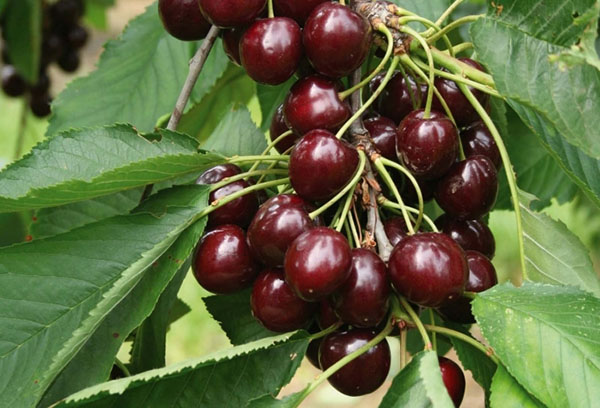
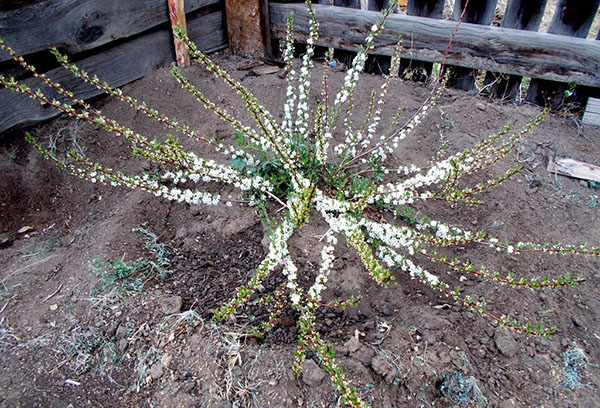
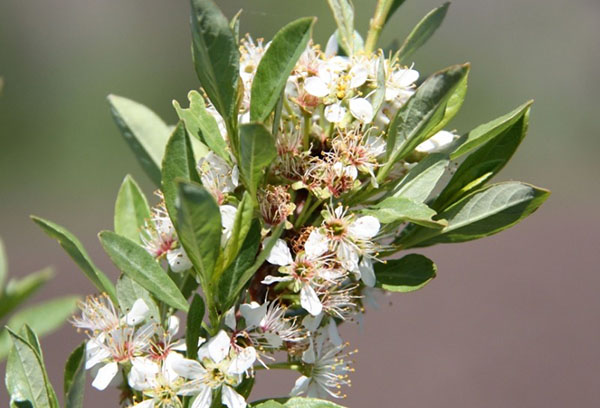
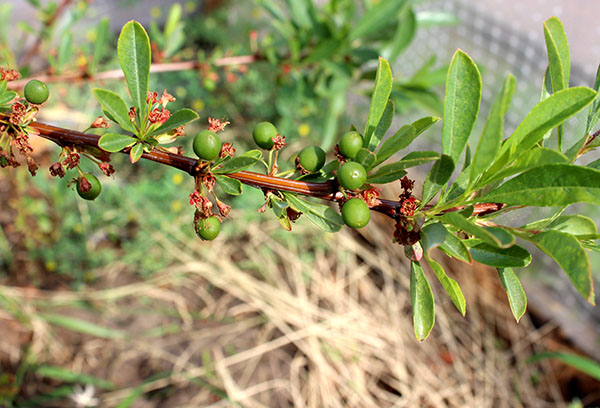

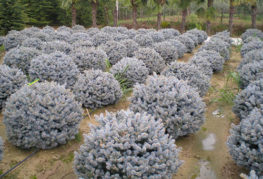
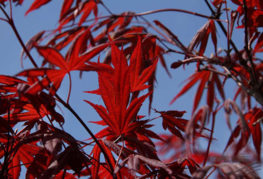

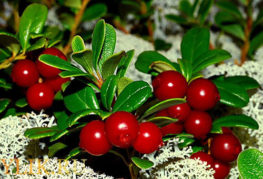
and will be published shortly.